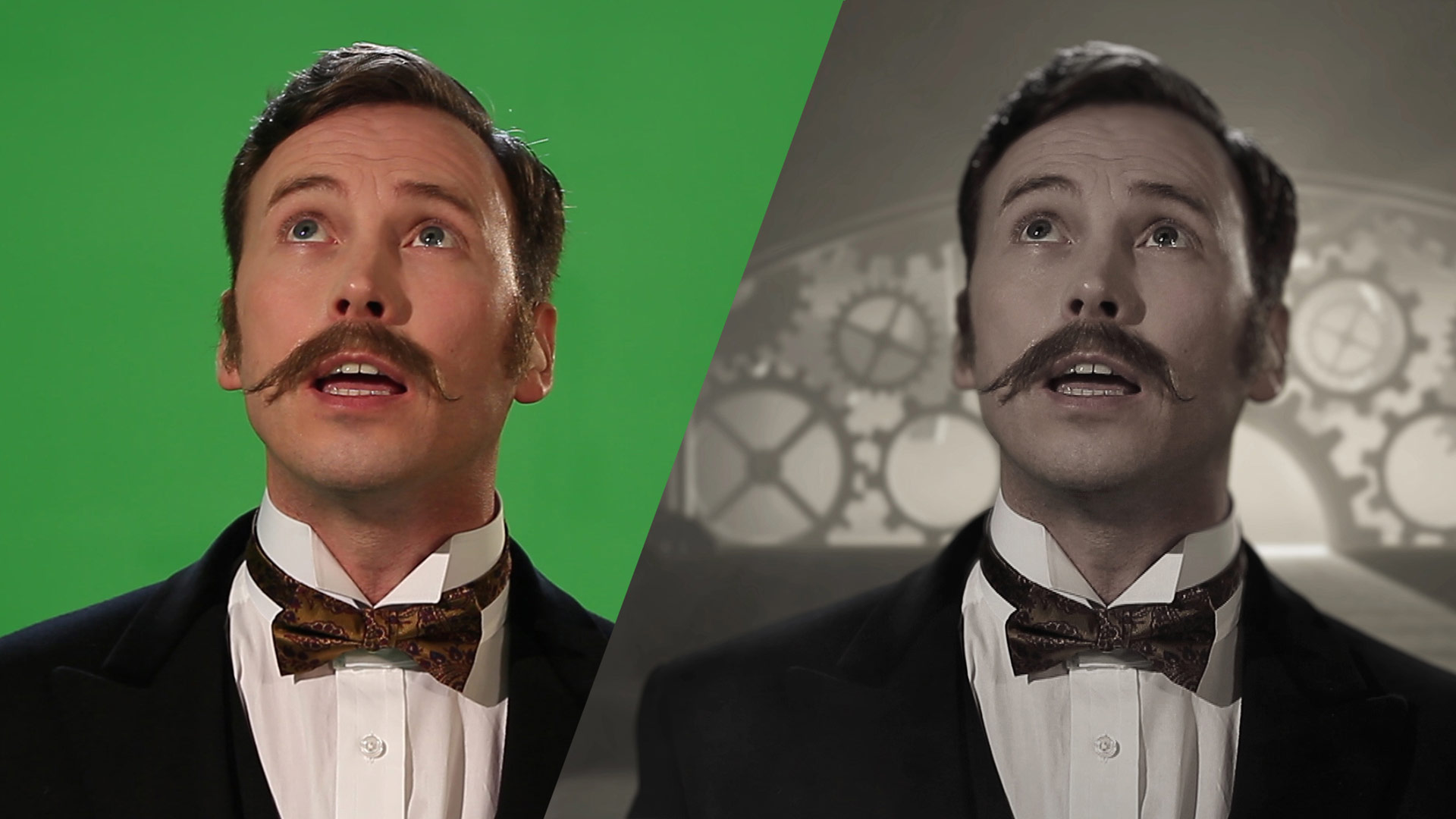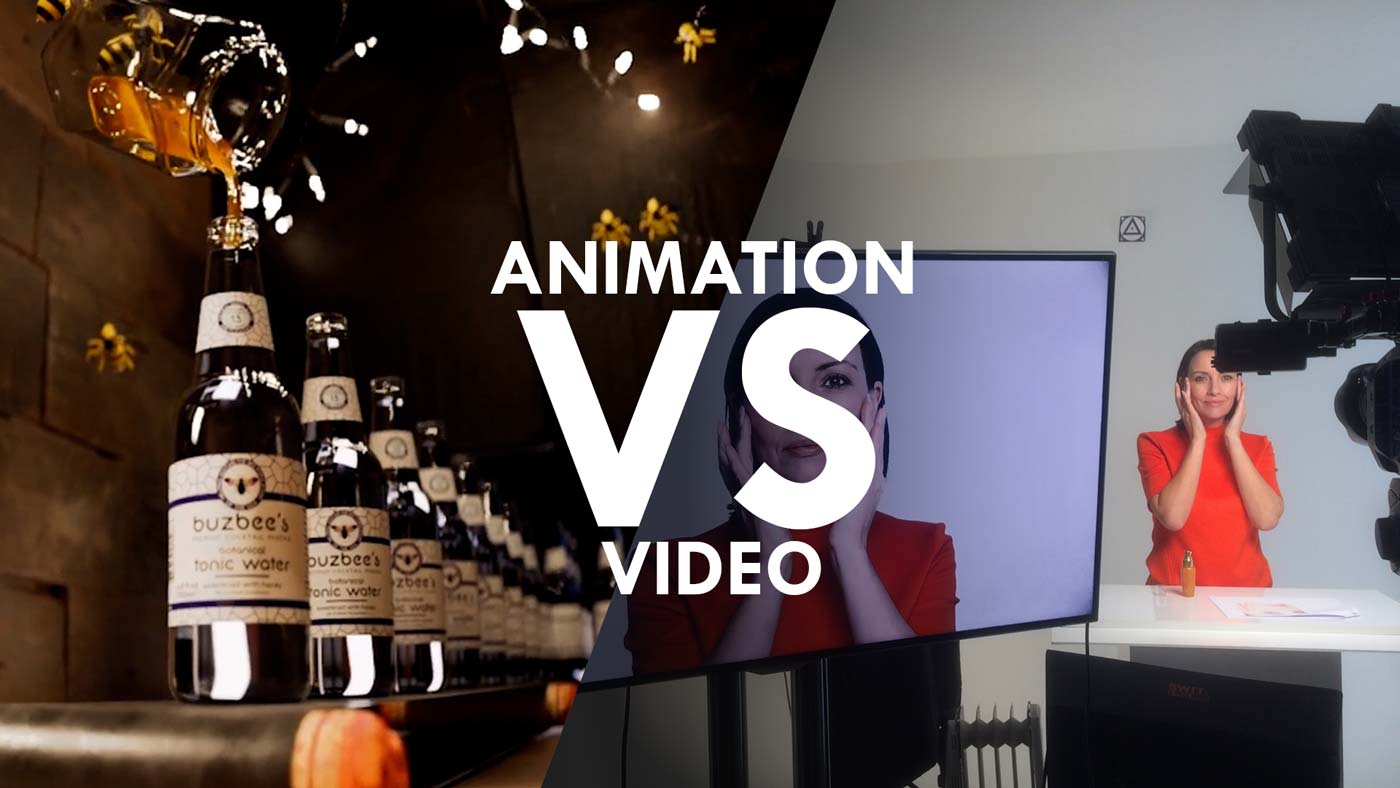Where to host video
Video in marketing series Part 3 of 3
Catch up on the whole series: Video in Marketing
Part 1: How-does-video-marketing-compare-with-other-mediums
Part 2: What kind of video will work for you?
Corrections - what we can and can't do in post
When editing a video, there are certain corrections that can be made, as well as limitations on what can be achieved.
Here are some common corrections that can be made during video editing:
- Trimming and cutting: We can remove unwanted sections from the video, such as mistakes, pauses, or unnecessary footage. We can also cut between cameras or screen footage to improve interest and switch between takes if there's a stumble in delivery.
- Colour correction: Adjusting the colour and contrast of the video can enhance its overall look and feel. We can fix issues like white balance, exposure, saturation, and tint. We intentionally film in a flat colour format which means the 'rushes' might appear a little washed out. But, this gives us the biggest dynamic range to adjust colours in post.
- Audio adjustments: We can modify the audio levels, reduce background noise, and apply filters or effects to enhance the sound quality. But, the better the audio at the point of record, thee better the final output will be, too many cuts between takes starts to look jarring to the viewer.
- Stabilization: If the footage is shaky or unstable, we can use video stabilization techniques to smooth out the motion. We often use equipment with a built-in gimbal for stabilisation.
- Transitions and effects: Video editing software provides a variety of transitions and effects to enhance the visual appeal and flow of the video.
- Text and titles: We can add text overlays, titles, subtitles, or captions to provide information or improve the viewer's understanding. We often call these 'Lower-thirds'
- Speed adjustments: Video editing allows us to change the playback speed of clips, creating slow-motion or time-lapse effects. For super slo-mo effects these require specialist cameras operating at incredibly high frame rates.
- Cropping and resizing: We can crop or resize the video frame to focus on specific areas or adjust the aspect ratio for different platforms. By filming in 4k resolution we can crop into areas and the end result will likely remain as HD, but to avoid pixelation, the higher resolution the better at the start.
However, there are certain limitations to what can be achieved during video editing:
- Resolution limitations: The quality of the original footage sets the upper limit for the final video quality. Editing cannot magically improve the resolution beyond what is captured initially. There are methods to up-res footage but these should be used as a last resort as the quality will decrease.
- Overexposed or underexposed footage: While some adjustments can be made to correct exposure issues, severely overexposed or underexposed footage may be challenging to salvage.
- Focus issues: If the footage is out of focus, it is difficult to recover sharpness during editing. We can make slight improvements, but it may not fully restore the intended focus.
- Missing or distorted footage: If the video is missing essential parts or suffers from severe distortion, editing can only do limited corrective measures. In such cases, re-shooting or using alternative footage may be necessary.
- Audio quality: Editing can improve audio to some extent, but if the original recording has significant background noise or distortion, complete restoration may be difficult.
Overall, video editing offers a wide range of corrections, but it's important to have high-quality source material to achieve the best results. Aim to get the best footage at the start to avoid noticeable jumps in sequence, colour mismatches between scenes and to avoid extending costly editing time.
Video or Animation: who wins?
You have a product, value proposition and a plan to share your message far and wide… but do you share it with video or animation? Both have their own merits but is one better than the other?
Here's 5 considerations that might help you make up your mind
1 Budget
As you'd expect the devil is in the detail. There's a misconception that animation is cheaper than video, and it can be, but it depends heavily on the style of animation and how much complexity is involved (Pixar animations don't come cheap after all). The more detail in the models, movements, textures and length of animation can mean it takes a lot more time, people and computer power to produce. Having said that, simpler animations can be very cost effective and like for like come in around the same cost as video.
2 Audience Engagement

At a base level, video is a more personal. People like to see people, particularly for testimonial videos where seeing the person you're listening to has weight and encourages truest. A really well scripted and sympathetically designed animation can still achieve that (think about some of the Christmas adverts retail stores use) but it's likely to take a lot more time and cost.
3 Your product

What you're selling can often lend itself to one medium over the other. Physical products, places, people often benefit from video so your audience can see the reality of what you're selling. Services and processes (intangibles) are hard to show in video so animation may be the winner here. That's not to say both can't still be effective for either situation though.
4 Speed
Video can be quicker. If it's not majorly reliant on special effects or large amounts of editing, video is the preferred option. Storyboards and pre-production are usually noticeably quicker and once you're shooting you've got content whereas animation often requires creating everything from scratch.
5 Future proof
3 months later and you want to repurpose your campaign? Depending on the change, it's generally a lot easier with animation. Changing a scene in animation means reopening the file and changing a segment of what's already there, whereas with video it may mean sourcing locations, actors and re-shooting a new scene.
Conclusion
The budget, message and product often influence the media you use, even what your competition are doing, but don't forget your audience. If you know where to advertise in front of them that might be your deciding vote too. But the ultimate decision is up to you.
Need help deciding which media works best for you? Talk to us about your next campaign


